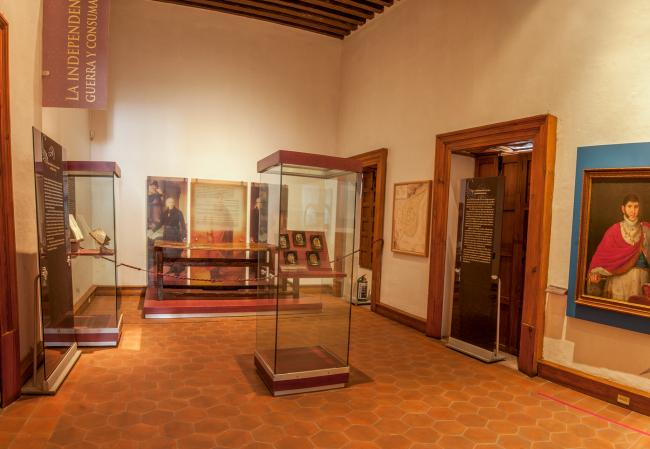
Independence: War and Victory
Sala
This section illustrates moments from this pivotal process in both local and national history.
Independence in the Bishopric of Michoacán
The former bishopric of Michoacán enjoyed significant economic prosperity. Valladolid, Maravatío, the Bajío, and Tierra Caliente had all achieved remarkable development in agriculture, livestock, and commerce. However, by the late 18th century, this prosperity declined due to population growth, agricultural crises, and extraordinary taxes. Hunger, forced conscription, and rising prices of goods like tobacco, wine, salt, and fine textiles—along with increased taxes imposed by the Crown—led many men to join the insurgent cause.
The province of Michoacán became a key battleground in the War of Independence. In August 1811, the Supreme National American Junta, the first insurgent governing body, was established in Zitácuaro under the leadership of Ignacio López Rayón. In Apatzingán, the Congress of Anáhuac issued a Constitution that embodied the ideals of the insurgency. Rebel-built forts harassed royalist troops, and after the death of José María Morelos—who had led a brilliant and rapid military and political campaign—the resistance was carried on almost entirely by these forces.
Both López Rayón and Morelos, as well as Agustín de Iturbide—who would later play a decisive role in achieving independence—were natives of Michoacán.


